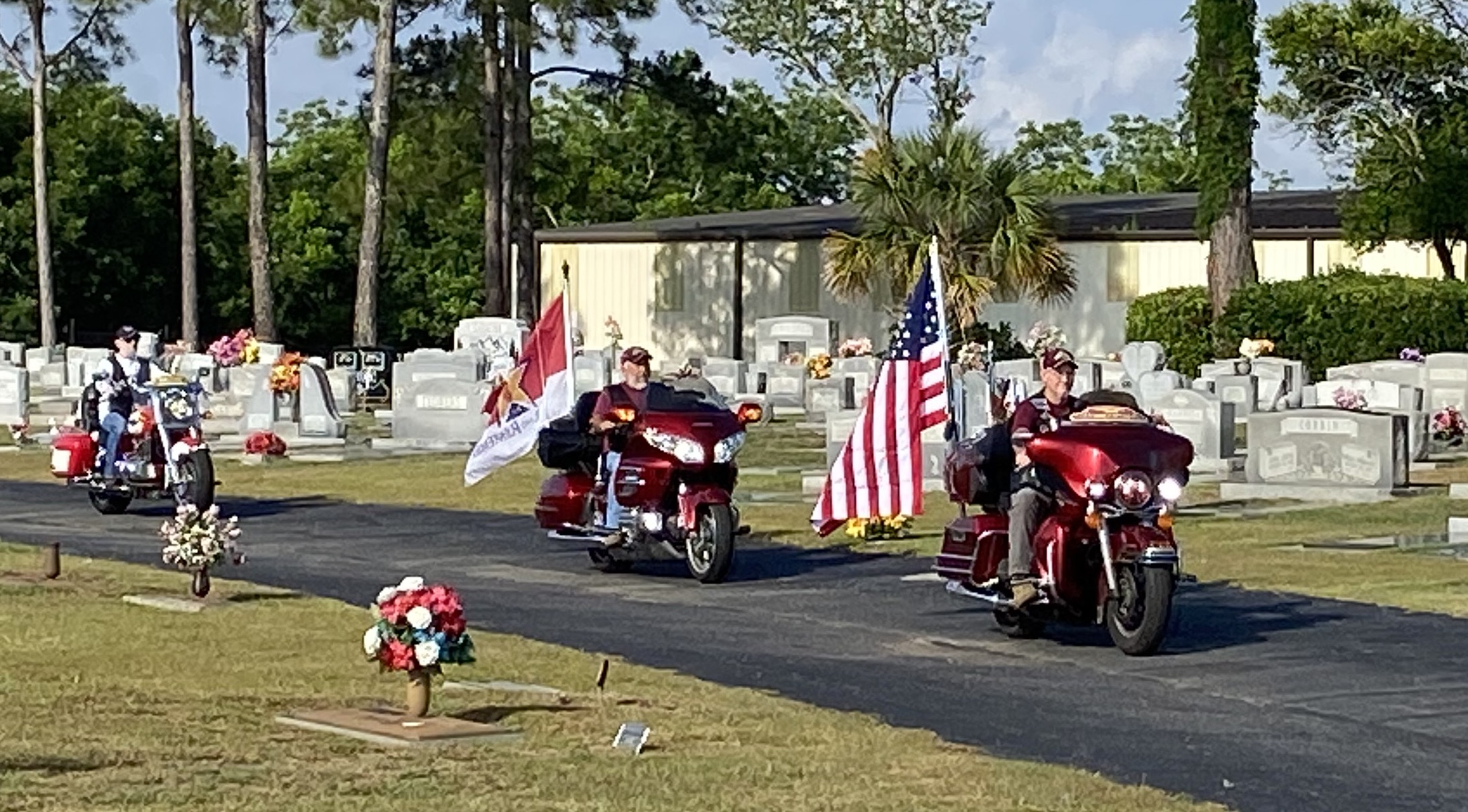Residents voice concerns on landfill
Published 8:44 pm Thursday, April 14, 2016
Colquitt County getting back into the garbage disposal business “is not a done deal” and residents will play a role in any future decision on the issue, a county official told a group on Thursday.
Colquitt County Commission has been discussing for several months the complex issues involved in a long-term solution to the question of what to do with the wastes of local residents and businesses. Among the many considerations are rising prices for hauling and disposal, as well as there being only two locations with existing landfills in the region — Lowndes and Thomas counties — licensed to accept out-of-county wastes.
Also in the mix is the idea of expanding the county’s revenue base by turning garbage colletions into an electricity furnace that would generate heat to power a generator as well as possibly placing solar cells at the location to produce even more electricity — and revenue.
Commissioners have taken two steps so far. Last June 25, a meeting was held to discuss waste management needs and describe the facilities siting process to the public. Also that same night commissioners voted unanimously to proceed with a site suitability study for some 400 acres of unused land at the current county landfill and sorting facility on Shade Murphy Road.
After listening to a 45-minute presentation at the commission meeting room by County Administrator Chas Cannon, the audience of about 35, mostly residents who live in the vicinity of the current landfill site, had questions about health and long-term impacts of a landfill such as traffic.
Gail Jennings, a biology teacher who lives near the landfill, said that the county needs to educate the public because of the potential impact on the nearby residents.
“These are our children, our grandchildren,” she said. “This is about all of the species in the (Ochlockonee) River.
“Yeah, we are a trashy society, and we’ve got to find a place to put it.”
She also brought up the experience of the community with the closed landfill built in the 1970s before the current requirements for new landfills that include a lining, constant monitoring for leachate and methane, and leachate removal system.
“It’s causing hazardous material to go into the river,” she said. “People who don’t even know about it … all the way down to the Gulf of Mexico.”
A new 10-acre landfill cell is the first of three options listed by Cannon, who also pointed out the new monitoring requirements.
The idea that has garnered the most interest among commissioners so far, he said, is the gasification-to-energy project with solar cells generating either 8 or 28 megawatts of additional energy that could be sold as “green energy.”
The third option is for the county and City of Moultrie to combine their waste streams and try to get a better per-ton deal on hauling costs based on larger volume.
Although it is not the only consideration, the potential to cut costs on garbage hauling and dumping in other counties and the money made from selling energy are weighing heavily on the county’s discussions.
The county’s tax base has decreased for a second year in a row, Cannon said. As things stand, the county’s only means of meeting its budget needs is by raising property taxes.
Changes in the garbage system offer the only way of diversifying the county’s revenues in the foreseeable future, he said.
“If we don’t change our current path, we’re going to have a continuous tax increase on personal, business and industrial property,” Cannon said. “The landfill is a small portion of fixing that path. We’re trying to eliminate the need to raise property taxes.
“I know it’s not all about the money, but we have to consider that revenue.”
Using highly conservative figures, he said, could amount to cost savings and new revenue of $30.4 million over 15 years, generating a positive cash flow of $875,000 per year. That money could go into the general fund budget, eliminating the need for property tax increases, or pay for $11.5 million in capital projects while being budget-neutral.
The meeting was cordial, and Cannon assured the residents they would be kept in the information loop, with future meetings such as Thursday’s. The county is not committed to any action at this time and is merely in the very initial phase.
After the meeting, audience members said they will follow the situation closely.
“I’m just concerned with the health of the river and the health of the people,” farmer Carl Gay said. “Even if it’s a lined system, there’s a chance the chemicals can end up in the river and the drinking water. We need to do what we can to prevent it.”
While the presentation was heavily on talk of revenue and savings, those who live in the area have a more immediate concern, Jennings said.
“It was presented as a monetary problem for the county, but for us it’s our life, our children and grandchildren’s’ lives, a little mussel,” she said during an interview following the conclusion of the session. “It was an interesting meeting, but it was one we already should have had.
“This landfill has been a problem for so long, we want to make sure we don’t add more problems.”





